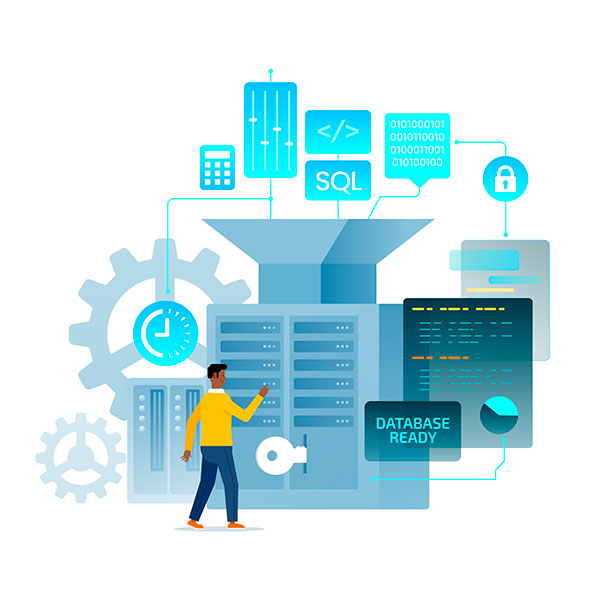System Administration & OS
System administration, often referred to as sysadmin or IT administration, is the process of managing and maintaining the configuration, operation, and performance of computer systems and networks. Sysadmins are responsible for tasks such as software installation, user management, system security, and troubleshooting to ensure optimal functionality.
An operating system is a software program that acts as an intermediary between computer hardware and user applications. It provides essential services, including process management, memory allocation, file system management, and user interface, facilitating seamless interaction between users and computer hardware.

We are Specialize in hiring the below-mentioned skills.

Windows Server Administration
Skills: Windows Server Administration (2008/2012/2016/2019), Active Directory ,DNS, Group Policy
Windows Server Administration involves the management, configuration, and maintenance of servers running Microsoft Windows Server operating systems. Administrators handle tasks such as user management, security, file and print services, network services, and overall system optimization.
Service Desk
Skills: Calls, Emails, Chats & Web tickets,tickets tolls(Zendesk. Freshdesk, HubSpot Service Hub, Zoho Desk, Help Scout, Jira Service Desk Vision Helpdesk Etc), Printer and Network issues.
A Service Desk is a centralized support system that provides a single point of contact for end-users to seek help, report issues, or request services. It plays a crucial role in incident resolution, service request fulfillment, and overall IT service management.


Linux Administration
Skills: CentOS version 6/7/8, scripting Perl, Python and Shell, creating a user account, taking reports, performing backup, updating configuration files, documentation, and performing recovery actions.
Linux Administration involves the configuration, maintenance, and troubleshooting of computer systems running Linux operating systems. Linux administrators handle tasks such as user management, system security, package installation, and system performance optimization.
Active Directory
Skills: Azure Active Directory, Replication topology, DNS, WSUS, Active Directory Certificate Services, Active Directory Federation Services (ADFS), Windows Server
Active Directory (AD) is a Microsoft directory service that manages network resources and user identities in a Windows Server environment. It provides authentication and authorization services, enabling administrators to centralize network management.


SCCM (System Center Configuration Manager)
Skills:Microsoft Windows Server 2008 R2, 2012 R2, 2016 & 2019, SCCM patch management, Client stakeholders / business, Vulnerabilities on Windows, VMWare, SCCM Platforms
SCCM is a Microsoft system management software that allows administrators to manage the deployment and security of devices and applications across an organization. It facilitates software distribution, patch management, and system configuration.

MS Exchange - Messaging
Skills: MAPI, email clients, POP3, IMAP, and EAS, MS Exchange, Azure AD
Microsoft Exchange is a messaging and collaboration platform that provides email services, calendaring, and contacts. Administrators managing MS Exchange handle tasks related to email configuration, user access, and ensuring smooth communication services.
M365 Admin - Intune
Skills: O365 (Exchange Online, MS Teams, Onedrive & Sharepoint), Azure AD & MS Exchange, Intune integrates, Azure AD, Windows Autopilot, Windows Autopatch
Microsoft 365 (M365) Admin with Intune involves the administration of Microsoft's cloud-based productivity suite. Administrators manage user accounts, security settings, and device management using Microsoft Intune for mobile device management.


AIX Admin
Skills: AIX Operating System , AIX/Linux server, JPMC AIX, AIX VMs, PowerVM, Power Firmware and HMC
AIX Admin refers to the administration of IBM's AIX operating system, which is a version of UNIX designed for IBM's System P and System I hardware. AIX administrators handle tasks related to system configuration, user management, and system performance.







































































